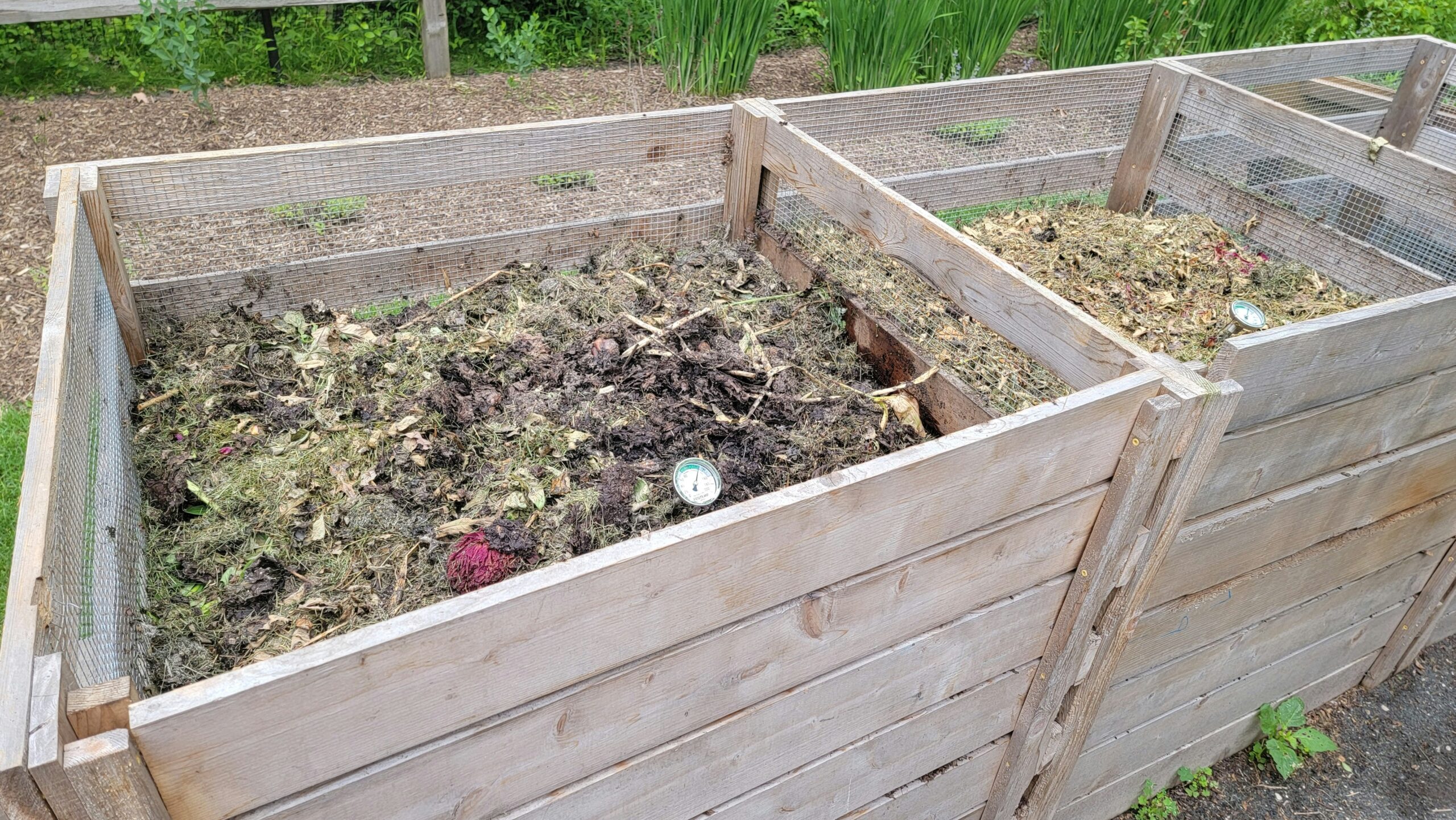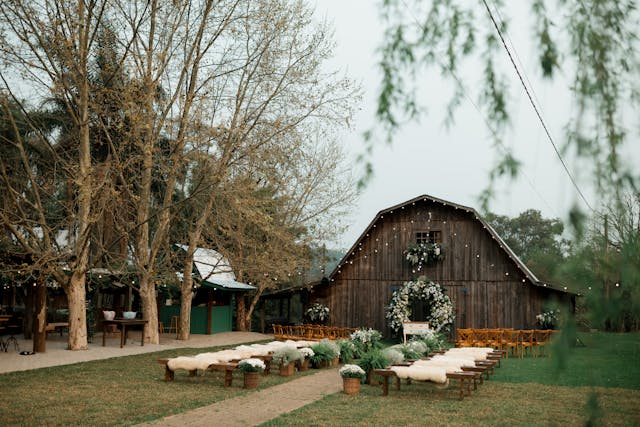Nature’s Cycle: Your Spring Guide to Sustainable Garden Waste Management
 Gardening waste disposal might not be at the top of your mind, but you’d be surprised how quickly yard debris adds up. Grass clippings, weeds, dead plants and fallen branches can create more waste than you think.
Gardening waste disposal might not be at the top of your mind, but you’d be surprised how quickly yard debris adds up. Grass clippings, weeds, dead plants and fallen branches can create more waste than you think.
If you toss it all into the trash, it ends up in landfills, breaking down and releasing powerful greenhouse gases. The good news is, with the right approach, you can turn that garden waste into compost, mulch or creative backyard features that benefit your plants and the planet.
What Counts as Garden Waste?
Garden waste is anything you clear from your yard, including grass clippings, fallen leaves, weeds, dead plants, twigs and branches. These materials might seem like trash, but they’re packed with potential. Understanding green waste management allows you to make more practical choices for your yard and the environment.
Green waste is nitrogen-rich and breaks down quickly, making it perfect for compost. Woody materials are higher in carbon and take longer to decompose, but they’re great for mulching and structure.
You’ll want to separate grass and soft plants from thick branches or twigs. When you manage them properly, things like leaves and lawn clippings can help replenish nutrients in your soil and support healthy plant growth — no chemicals required.
5 Gardening Waste Disposal Methods
Are you unsure what to do with all that debris after a weekend of yard work? Here are five smart and sustainable waste management methods to help you clean up while giving back to the environment.
1. Embrace Home Composting
Home composting is one of the easiest ways to turn garden waste into something valuable. Composting grass clippings, leaves, soft plant materials and fruit or veggie scraps reduces what ends up in landfills and gives your lawn a nutrient-rich boost. Composting builds long-term soil health, cuts your reliance on synthetic fertilizers and helps your plants adapt to climate shifts.
It also stores carbon in the soil, which helps fight climate change. Use a compost bin or pile, keep a good mix of greens (nitrogen) and browns (carbon) and aerate it regularly. If you’re working with a small space, vermicomposting with worms is an ideal sustainable waste management option for balconies or patios.
2. Reuse Creatively Around the Garden
You don’t have to throw everything away. Plenty of green waste recycling methods help lessen rubble in your backyard. Turn branches into natural edging or DIY trellises to support climbing plants. Leave grass clippings on the lawn to break down and act as a natural fertilizer, a practice known as grasscycling.
You can also pile twigs and branches to create safe, cozy shelters for birds, bees and small wildlife. You can upcycle dried plant waste into rustic garden decor or fun weekend projects that add charm and personality to your outdoor space.
3. Mulch Instead of Toss
Mulching is one of the easiest sustainable gardening methods. It reuses waste while giving your plants a serious boost. Spreading shredded leaves, bark, lawn clippings or small branches over your soil helps lock in moisture and slowly feed your yard as the material breaks down.
Trees and plants rely on the right soil composition and drainage mix to grow strong. Soil’s potential for acidity, alkalinity or pH is important for plant and tree health. Properly functioning pH soil is around the 5.5 level. General test kits available online or in store can help, or a professional laboratory testing with a soil sample from your garden is also an option. What is crucial is mulching. Mulch keeps the balance. It’s a low-effort, high-reward habit that turns debris into a powerful tool for long-term garden health.
4. Explore Local Green Waste Collection Programs
If you’re not ready to compost at home, check if your local government offers green waste collection or drop-off services. Many areas provide a special bin to toss compostable items like branches, leaves and lawn clippings and set them out weekly with your regular garbage.
This waste usually goes to a facility where it’s turned into nutrient-rich municipal compost for parks or public landscaping. Just make sure you follow your area’s green waste management guidelines. These include keeping plastic, rocks or food scraps out to avoid contamination and keep the system running smoothly.
5. Avoid Burning or Bagging in Plastic
Burning your garden waste might feel like an easy way to eliminate it. Still, it releases carbon and pollutants that harm the air and your health. The ash left behind can also contaminate your soil and groundwater, which puts nearby plants, animals and helpful insects at risk.
Bagging yard debris in plastic isn’t much better because those bags don’t break down and add to landfill waste. Instead, try using paper yard bags or reusable bins that are safer for the environment and easier to manage. Practicing a few simple, sustainable gardening methods allows you to clean up your garden without polluting the space you’ve worked hard to grow.
Simple Steps Toward Sustainable Gardening Waste Disposal
Gardening waste disposal doesn’t have to be overwhelming. You can start small by composting, mulching or reusing one batch at a time. Each step helps reduce landfill trash and brings more life back into your soil. These small green waste recycling habits add up and impact your lawn, your home and the planet’s health.


